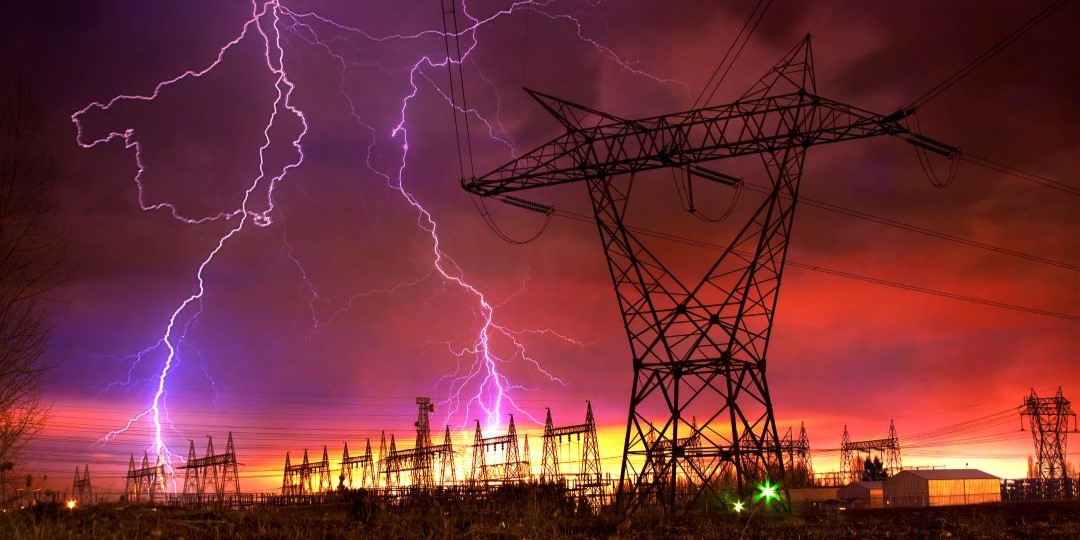By Shaun Rohret, NERC Senior Reliability Specialist
On December 3, 2021 The New York Independent System Operator (NYISO) released its Comprehensive Reliability Plan. It concludes that the New York State bulk power system will be able to meet demand during normal weather over the next ten years. However, the report emphasizes that the margin to maintain reliability will narrow or could be eliminated based upon changes in forecasted system conditions.
The electric system is undergoing significant and rapid change. Part of the change is climate related, which will drive more frequent extreme weather events and higher temperatures, thus impacting the ability of the grid to reliably serve electric demand. Part of the change is the result of public policies in response to climate change. The Climate Leadership and Community Protection Act, enacted in 2019, requires an economy-wide approach to addressing climate change and decarbonization.
These policies include sweeping mandates that 70 percent of New York electricity consumed shall be produced from renewable resources by 2030 and a 100 percent emissions-free electricity supply by 2040 while promoting electrification in other sectors of the economy.
Significant amounts of dispatchable, emission-free resources are needed to balance renewable intermittency on the system. Resources with this combination of attributes are not commercially available at this time but will be critical to future grid reliability. By 2040, the amount of necessary dispatchable emission-free resources could be over 32,000 MW, approximately 6,000 MW more than the total fossil-fueled power plants on the New York grid in 2021.
The reliability plan is heavily reliant on the timely completion of planned transmission projects. If the planned projects were delayed for any reason, the grid’s ability to reliably serve customer demand would be jeopardized.
Extreme events such as heatwaves or storms could result in deficiencies to serve demand statewide, especially in New York City considering the plans included in this Comprehensive Reliability Plan. This outlook could improve as more resources and transmission are added to New York City.
This phenomenon is occurring in many parts of the world. David Blackmon wrote in an October Forbes article that “The energy crisis in Western Europe this summer has been brought on by premature retirements of hundreds of coal and natural gas power plants in favor of massive over-reliance on wind power and, to a lesser extent, solar.” In November of 2021, critically low wind power in Great Britain resulted in extremely high prices and the need for remaining fossil fuel generators being called on to make up the difference.
As more renewables are brought on-line and fossil fuel plants are retired, availability during extreme/unusual events and costs affecting individual households and the business community should be considered.











